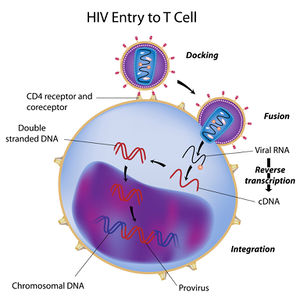HIV/AIDs in the U.S.
An Introduction to HIV/AIDs

By Jorge Sebastian Chavez Erazo
A Basic explanation of Antiretroviral Treatments
Include some current research, with at least one figure showing data.
Pre-/Post-Exposure Prophylaxis
In recent years, pre-exposure and post exposure prophylactic treatments for populations at high risk for Human Immunodeficiency Virus (HIV) infection have become increasingly studied and emphasized as vital to the decreased transmission of HIV resulting in decreased rates of Advanced Immunodeficiency Syndrome (AIDS) development in differing world populations.
Pre-Exposure Prophylaxis
PrEP has given a specific population the opportunity to have a 90% reduction in the chance of contracting HIV with the use of the daily pill, Truvada (oral emtricitabine (FTC)/ tenofovir disoproxil fumarate (TDF)). The product is said to be available to any person regardless of their sexual and gender identity but in there lies the problem with PrEP, many people who are at high risk of contracting HIV are not receiving it.
.
Post-Exposure Prophylaxis
Include some current research, with at least one figure showing data.
Challenges to HIV/AIDs Prevention and Treatment
The product [PrEP] is said to be available to any person regardless of their sexual and gender identity but in there lies the problem with PrEP, many people who are at high risk of contracting HIV are not receiving it.
Conclusion
References
Authored for BIOL 291.00 Health Service and Biomedical Analysis, taught by Joan Slonczewski, 2016, Kenyon College.
